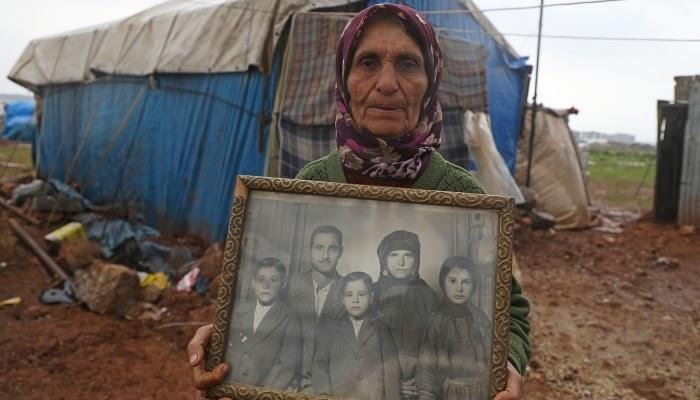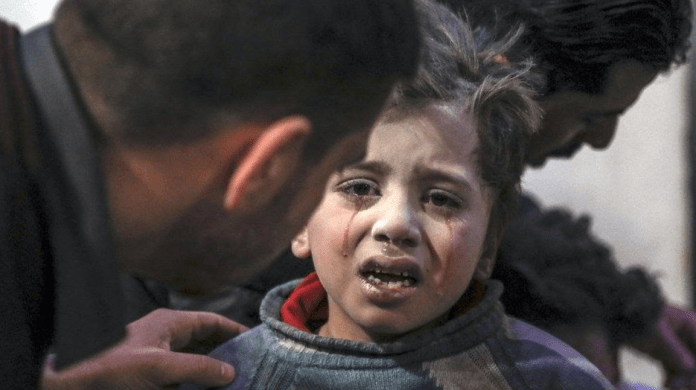On March 15, 2011, Syrian protesters motivated by influential “Arab spring” movements in Libya, Egypt, and Tunisia strengthened Syria to protest against the ruling party and government.
However, unlike other legislatures that had before pretty much fallen because of mainstream uprisings and equipped revolts, Syria’s President Bashar Assad was not going to go unobtrusively. Days after the underlying fights, the Syrian army fired on demonstrators, killing handfuls in what might turn into the initial shots in a perpetual conflict that has resounded a long ways past the Middle Eastern nation’s lines.
The civil war has not just set Assad in opposition to a band of agitators; however, drawn the U.S., Iran, Russia and Turkey, among others, into a mind-boggling intermediary war. En-route has brought out ethnic and partisan divides, helped encourage a restoration of the radical Islamic State local army, dislodged millions of individuals and left many thousands dead.
Special Envoy Geir Pedersen said: “I need to recognize Syrian casualties and recall Syrian anguish and versatility even with inconceivable savagery and indignities that… [they] have looked more than ten long years”.
Despite a decade of battling and a wrecked country, al-Assad remains immovably in power on military help from Iran and Russia.
Let’s take a look back at the gruesome decade:
In 2011: After some underlying killings, a gathering of army traitors shaped the Free Syrian Army (FSA), denoting the beginning of an outfitted uprising against the system.
In 2012: In February, the Syrian armed force dispatched a progression of offensives on the focal city of Homs, which had become an image of the insubordination, murdering many regular folks. In a video message delivered on February 11, Ayman al-Zawahiri, al Qaeda’s top chief, approached Muslims across the world to help rebels looking to oust Bashar al-Assad. In July, the Free Syrian Army dispatched a hostile force to assume responsibility for Damascus, yet the radical powers were immediately pushed out of the capital.
In 2013: in September 2013, the Syrian system acknowledged a US-Russian facilitated conciliatory activity to give up its compound weapons. France had been prepared to join a US-drove military action in Syria yet had to withdraw with then-president, François Hollande, considering it a “missed opportunity”.
In 2014: After a lightning military hostile, the Islamic State (IS) gathering, a breakaway part of al Qaeda in Iraq, proclaimed the domain it controlled across the Syria-Iraq line was a “caliphate” with two fortresses: Mosul in Iraq and Raqqa in Syria. Accordingly, a US-drove worldwide alliance dispatched air strikes focusing on the jihadist gathering’s positions.
In 2015: On November 20, the UN Security Council collectively received a goal, drafted by France following the November 13 Paris assaults, approaching all individuals to “intensify” activity against the Islamic State (IS) gathering. Russia, the Syrian system’s firm patron, ventured up its inclusion, dispatching strikes against the revolutionaries, especially in Aleppo. Iran, which was at that point supporting the Assad system since 2013 by sending paramilitary fighters, additionally increased its help, sending many contenders to swell Syrian armed force positions.

In 2016: After four years of furious battling to control Aleppo, Syria’s business capital and mechanical centre point, the Assad system recovered the last resistance territories in the city in December following an arrangement expedited by Russia and Turkey that saw circled rebels consenting to leave the regions they helped.
In 2017: The US-sponsored Syrian Democratic Forces (SDF), uniting Arab and Kurdish contenders, recovered Raqqa, the IS gathering’s self-declared capital in Syria.
In 2018: The year saw one more significant triumph for Assad when his forces recovered Eastern Ghouta, a Damascus suburb.
In 2019: The US-sponsored SDF declared the freedom of Baghouz, a Syrian town close to the Iraq line where the IS bunch had made a last stand. The successful SDF at that point raised their yellow banner on a structure scarred with openings from the battling and declared the “complete disposal of the purported caliphate”.
In 2020: A gigantic Russian-supported Syrian military hostile on the last pockets of an area held by dissidents and jihadists in Idlib started a significant helpful emergency.
It’s been ten years since the people of Syria are suffering. For the last two years, Norvergence has been continuously reporting/covering the Syrian situation extensively. We appealed to the United Nations to look into the matter more seriously and stopped this gruesome war.
 RSS Feed
RSS Feed















 March 21st, 2021
March 21st, 2021  Awake Goy
Awake Goy 

 Posted in
Posted in  Tags:
Tags: 













